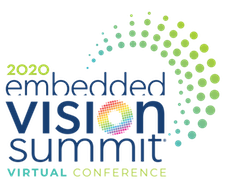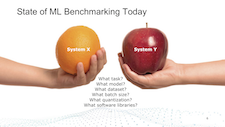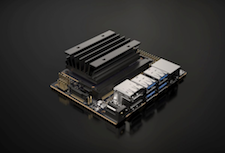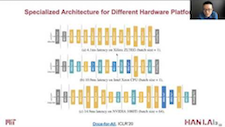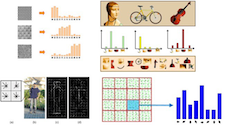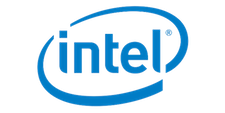| LETTER FROM THE EDITOR |
Dear Colleague,
Tomorrow, Thursday, August 20, 2020, Jeff Bier, founder of the Edge AI and Vision Alliance, will present two sessions of a free one-hour webinar, “Key Trends in the Deployment of Edge AI and Computer Vision”. The first session will take place at 9 am PT (noon ET), timed for attendees in Europe and the Americas. The second session, at 6 pm PT (9 am China Standard Time on August 21), is timed for attendees in Asia. With so much happening in edge AI and computer vision applications and technology, and happening so fast, it can be difficult to see the big picture. This webinar from the Alliance will examine the four most important trends that are fueling the proliferation of edge AI and vision applications and influencing the future of the industry:
Bier will explain what’s fueling each of these key trends, and will highlight key implications for technology suppliers, solution developers and end-users. He will also provide technology and application examples illustrating each of these trends, including spotlighting the winners of the Alliance’s 2020 Vision Product of the Year Awards. A question-and-answer session will follow the presentation. See here for more information, including online registration.
Bill Pearson, Vice President of Intel’s Internet of Things Group, will also give a General Session presentation at the Summit, “Streamline, Simplify, and Solve for the Edge of the Future,” on the most important challenges facing edge AI developers today, and Intel’s vision for how the industry must evolve to reach its true potential. Check out these and other already announced talks for yourself. (We’re adding new talks daily, and it won’t be long before we’ll have nearly 100 talks across four tracks.) And then be sure to register today! Brian Dipert |
| DEEP LEARNING INFERENCE BENCHMARKING |
|
An Industry Standard Performance Benchmark Suite for Machine Learning
Machine Learning On Edge Devices: A Benchmark Report |
| DEEP LEARNING MODEL AND ARCHITECTURE OPTIMIZATION |
|
Once-for-All DNNs: Simplifying Design of Efficient Models for Diverse Hardware
The Next Phase of Deep Learning: Neural Architecture Learning (the Automatic Discovering of Neural Wirings) Leads to Optimized Computer Vision Models |
| UPCOMING INDUSTRY EVENTS |
|
Edge AI and Vision Alliance Webinar – Key Trends in the Deployment of Edge AI and Computer Vision: August 20, 2020, 9:00 am PT and 6:00 pm PT Embedded Vision Summit: September 15-25, 2020 |
| FEATURED NEWS |
|
Intel Delivers Advances Across Multiple Process and Processor Technologies, Powering Its Product Roadmap An Upcoming Webinar from PathPartner Explores the Challenges Faced in Developing Facial Recognition Technology MediaTek Announces Dimensity 720, its Newest Chip For Premium 5G Experiences on Mid-Tier Smartphones Vision Components Ships a MIPI Camera and Driver for the NVIDIA Jetson Nano Developer Kit Qualcomm Announces the Snapdragon 865 Plus 5G Mobile Platform |
| VISION PRODUCT OF THE YEAR WINNER SHOWCASE |
|
Intel DevCloud for the Edge (Best Developer Tool) Please see here for more information on Intel and its DevCloud for the Edge. The Vision Product of the Year Awards are open to Member companies of the Edge AI and Vision Alliance and celebrate the innovation of the industry’s leading companies that are developing and enabling the next generation of computer vision products. Winning a Vision Product of the Year award recognizes leadership in computer vision as evaluated by independent industry experts. |
| EMBEDDED VISION SUMMIT MEDIA PARTNER SHOWCASE |
|
Embedded Computing Design (OpenSystems Media)
Silicon Valley Robotics |


